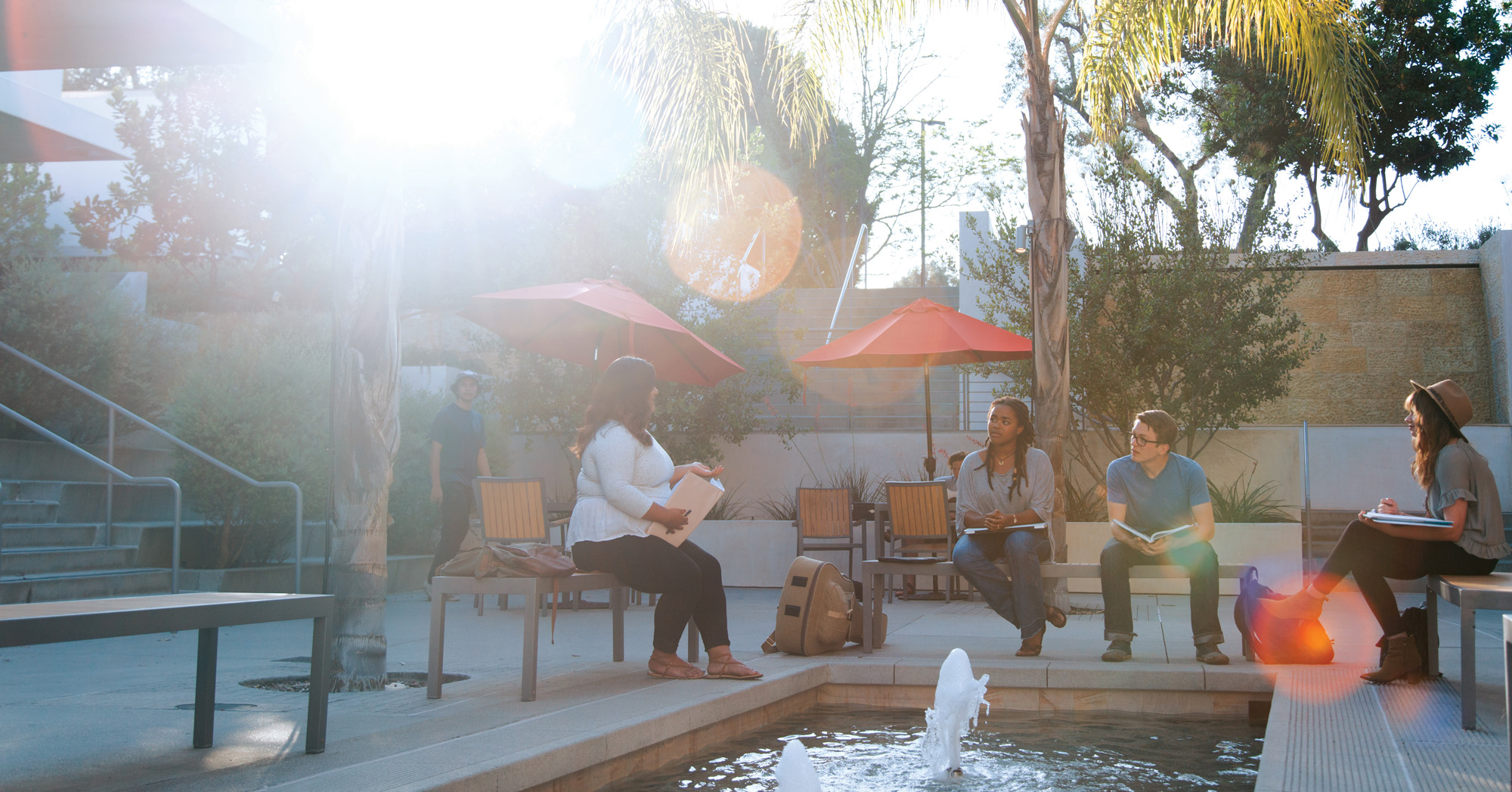- All Pixel Watch 3s are on sale at Best Buy - save $70 on the LTE model
- Your embarassing Meta AI prompts might be public - here's how to check
- Why ads are coming to your favorite AI bots and you've only got yourself to blame
- How to install iOS 26 beta on your iPhone (and which models support it)
- The cloud broke Thursday and it'll happen again - how to protect your business before then
Student-Centric Experience? What's That All About?

As institutions of higher education seek ways to address student retention, they are increasingly turning to technologies that promise more of an “at home” experience, driving greater engagement and security for their users, while being simple and reliable to use. But often overlooked is the network behind it all. When Biola University, a private Christian university in Southern California, sought solutions, they reached out to their friends at Cisco. Today, in part one of our two-part series on creating a secure student-centric experience, we discuss their technology journey with Scott Himes, Biola’s director of network operations.
Q: Prior to Cisco, what was your technology like and why did you choose to stay with Cisco?
A: We’ve been Cisco customers for quite some time, 20 plus years, since before I started at the university. When it comes down to it, the tools must do what the tools need to do. And Cisco’s done this for Biola — and it’s done it well.
I think one of the greatest testaments is we have a network refresh fund which allows us to proactively cycle out network equipment on a regular basis. But it doesn’t mean it’s always funded perfectly.
In some cases, we’ve got these switches that have been out there running for eleven, even twelve years . . . and they’re just working like champs. They’re doing exactly what they’re supposed to. That’s such a testament to Cisco’s build quality and their hardware capabilities. It’s just doing what it’s supposed to do . . . in a way that you can trust. It’s just a solid product. We’ve been really successful with Cisco. It’s been a great relationship.
The stability that has come from that has been key, it’s been amazing. We’re able to do some things that are beyond what we should be able to do with the number of people that we have. Because we’re not having to constantly firefight, we’re not diverting time to put out the fires. We can focus on innovating things.
Q: What kind of challenges were you facing?
A: One challenge we’ve been working to resolve on our campus has been the problem of students wanting to improve the network connectivity in the dorms, really trying to make the dorm experience, from a wireless standpoint, more like the home network experience that they come from.
Their network at home just works. They look at connecting all their devices, their Apple TV’s, gaming systems, all that stuff like that and everything works the way it’s supposed to — and it doesn’t really work that way in a university network. So, we’ve been working to implement Cisco’s solution, user defined networking (UDN), to improve that scenario, improve the way that devices connect and work together when they come onto the campus — and how they work in our enterprise network — making it act more like a home network scenario and solution.
Q: How are you leveraging automation to enhance your network?
A: We’re primarily using Cisco Catalyst Center for user defined networking. We’re using it to deploy our wireless controllers and our wireless access points, and to configure the wireless network as a whole.
And we’re just starting to add our wired network infrastructure into Cisco Catalyst Center as well, so we can start automating the process of software upgrades to help speed up the process of hardware replacement.
So, when we put new switches in place on campus, we can easily deploy the configuration to them. We can replicate what was there on the previous hardware, and get it get it back up and running as quickly as possible.
Q: Can you tell us a bit about your approach to network security at Biola, and why it is important?
A: I think network security is inherent, it’s something that’s critical. We see it at every level of the campus network. Because we’ve been working on this UDN solution, student network security has been top of mind.
We’ve been trying to put this solution in place, partly because it allows student devices to work easily together, plus it secures them in the process. It provides a little containerized network for student devices that isolates their devices from their roommate’s or neighbors’ devices. It allows them to use exactly what they want to use on the campus network and restricts other people from them, but also allows them to invite other students into their UDN, too, so they can share the devices they want to share.
Next up
Now that we’ve taken a brief look at the technologies involved in creating a student-centric experience, I invite you to take a deeper dive by exploring our latest interactive ebook In Search of the Best Experience: Exploring the Roles and Technologies of Experience Driven Institutions in Higher Education. Join our Cisco education experts as they go deeper to explore the value, strategies, and technologies that are transforming student-centric experiences.
Plus, look for part two of our blog series titled Creating A Secure Student-Centric Experience: Taking Leadership, coming soon.
Share:

